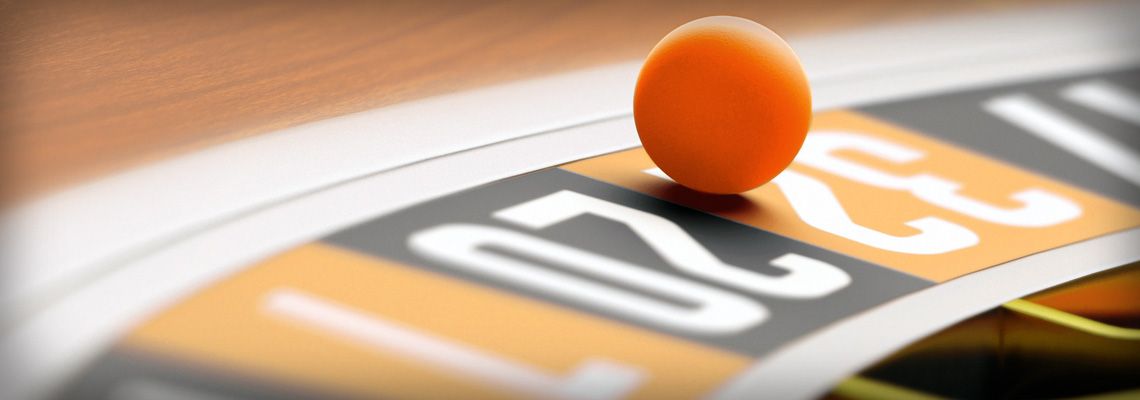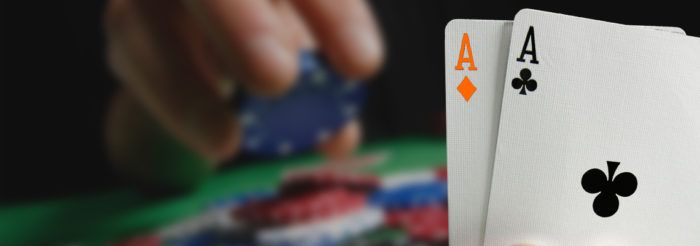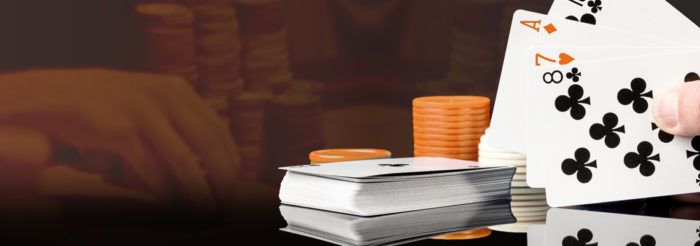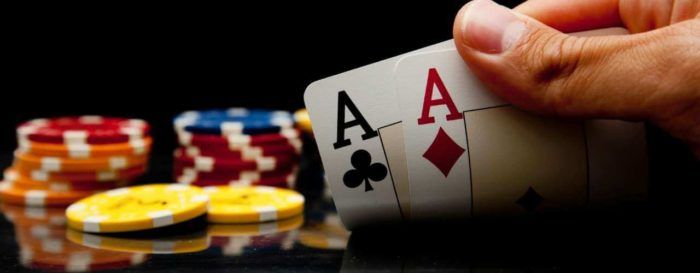The Simple Science Behind Roulette Probability
Table of Contents
Roulette is one of the simplest-looking games around. You don’t need to be an expert to work out that the winning number is where the ball ends up. When the wheel stops spinning around, the ball will bounce a few times and then drop into one of the numbers from 0 to 36.
Guess where it will end and you will win. Yet, the simplicity of this game hasn’t stopped many people from spending huge amounts of time looking into the subject. What have they learned about roulette probability and how does this lead us to the best roulette strategy?
A Look at Mathematical Probability in Roulette
You can bet on any number between one and 36. You can also bet on combinations that cover various numbers, including red or black, odd or even or so on. If you guess correctly, your payout from the casino will depend upon the type of bet you made. For example, if you place your stake on a single number, you will typically get paid 35 to 1, although this may vary.
In European roulette versions there is a single zero as well as the 36 numbers, so you are playing at odds of 37 to 1 if you predict a single number. The casino’s house edge is formed from this difference between the odds and the payout. If you play American roulette, you will notice that there is a double zero too. This means that your odds are now 38 to 1 of getting a single number.
The zero (or zeros) add that same slight house edge in other types of bet too. You will get paid out at 1 to 1 on a correct red or black prediction. However, we need to bear in mind that the presence of a zero pocket means that there isn’t exactly a 50% chance of either outcome happening. It is 48.6% in the European version and 47.4% in American roulette.
We can’t ignore the luck element in roulette wheel probability. To put it simply, no one knows what will happen once the dealer starts spinning the wheel. The ball could land anywhere on the wheel, as roulette physics tells us that gravity is the one outside factor that remains constant on each spin.
It should be possible in theory to understand where the ball will land if we understand the force of the spin, the resistance of the wheel and the other factors. In real life, this isn’t possible, though. We will end up with an unpredictable result from a slight variation in any of the factors.
Try and deliberately get the same number when spinning a roulette wheel several times. You will see that it is virtually impossible to do this. Some researchers in the past concluded that a tiny, natural bias on wheels could give players an advantage if they worked out which numbers came up most often.
Internet casinos use online random number generators, so this is no longer an option, but some players still look for bias on physical roulette wheels. This is something that is barely noticeable, so you would need to study a huge number of spins to see if certain numbers are more commonly seen.
We can’t work out sequences either, as it is completely random. At the start of every spin, your chance of a particular number coming up is the same as it was on the last spin. This is the same as it will be on the next spin and so on.
A live roulette dealer could spin red ten times in a row. When they spin the next time there is still a close to 50% chance of getting red or black, and a smaller possibility of landing a zero. There is no such thing as hot numbers that appear in a predictable streak in roulette.
Are we left with the idea of putting it all down to luck or can we find some way of using this knowledge to our advantage as we play? Let’s find out if there is a best roulette strategy to follow.
How Can You Apply Tactics and Strategies?
You will see many differing opinions on which is the best roulette strategy to follow. As we have seen, there is no way of always correctly predicting what number comes up. Therefore, we need to look at other ways of using roulette probability when working out an approach.
This is why many of the most common tactics in roulette revolve around bankroll management or cancelling out the small but important house edge. You can’t control where the ball lands but you can control how much of a stake you place on each spin.
Progressive roulette strategies are popular. Let’s look at the example of the Martingale strategy, which is possibly the most popular roulette strategy. Basically, you choose an even money bet like red/black, high/low or even/odd and then place a small stake on it.
Keep using the same stake until you lose. You now double the stake, and double it again until you win. The idea is that you recover the losses on your losing spins. There are some good points about this tactic and it can work at times, but you could end up with a large stake after several successive losses, and the zero pocket will eat into your wins.
Strategies such as the D’Alembert system, the Reverse Martingale system and the Fibonacci system are all variations on this approach. In some cases, you increase your stake and in others you reduce it. Another difference between them is that you either change your stake when losing or when winning. You will also apply different increments depending upon the system.
These methods give you a way of managing your bankroll but you won’t be attempting to predict numbers. Instead, you still rely on the even-money bet coming up right enough times to give you an overall profit.
Conclusion
Your chances of winning at roulette come down to luck, as no one can say for certain where the ball will eventually land. You don’t need to blindly place your bets, though.
We have seen that managing your bankroll is just as important as understanding roulette physics and probability. The best roulette strategy combines knowledge of how the game works with a sensible approach to increasing or decreasing your stake.
There is no best roulette tactic that guarantees that you will win every time that you play. However, by understanding your best option, you will feel more in control and ready to give it your best efforts.








